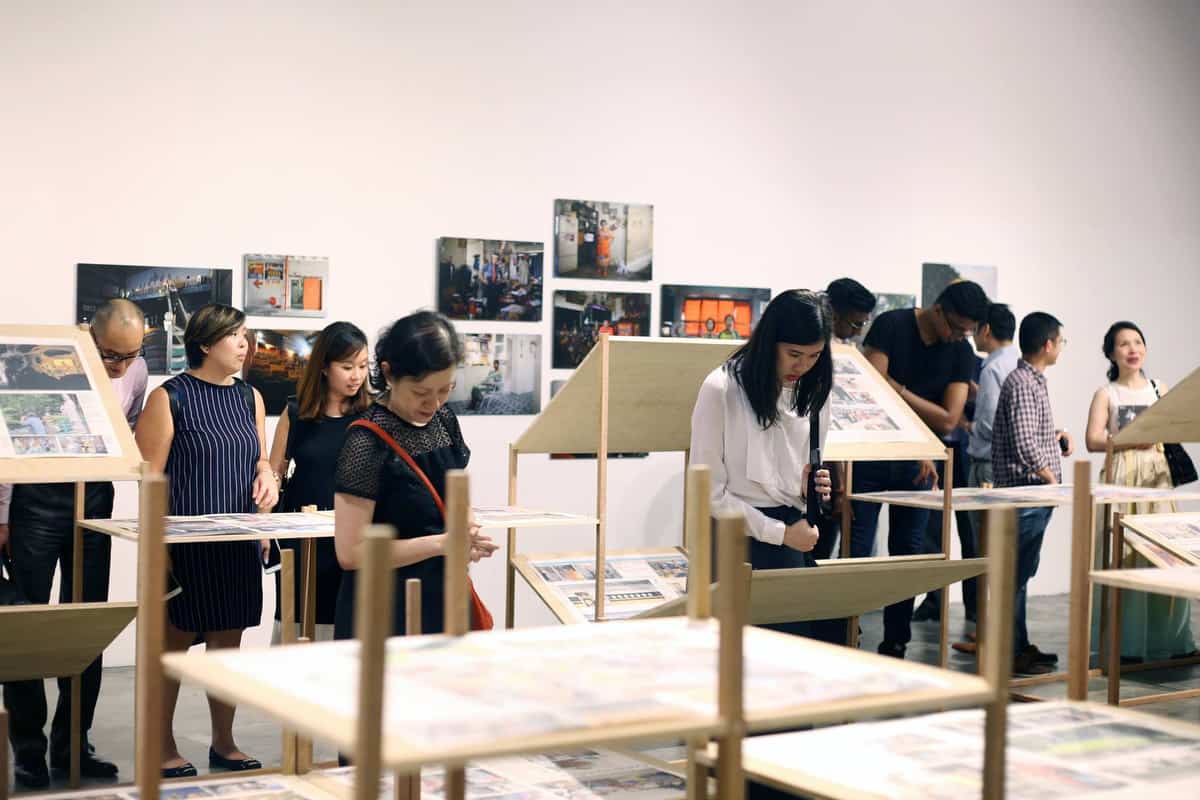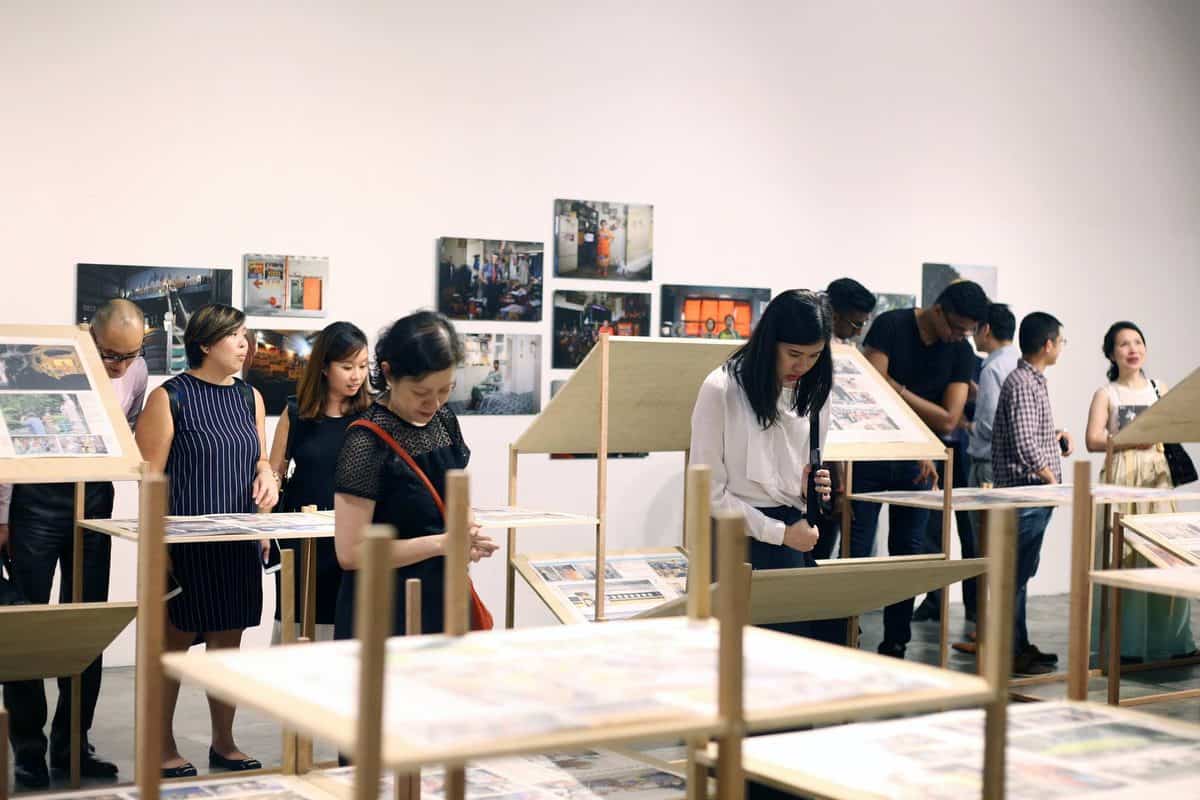
Photo Exhibition at Objectifs. Image courtesy of Objectifs Centre for Photography and Film.
An ex New York-based investment-banker turned visual arts advocate, Emmeline Yong, believes strongly in having a single, focused view in all aspects of work. Join Yong as one of our Invisible Photographer Asia Awards 2018 judges as she shares briefly her take on women photographers.
How and when did you get involved with the work you do today?
I’ve had a keen interest in photography since my student days, and took several photography electives in college where I had incredible lecturers who inspired me with their passion for visual storytelling. After a stint in New York working in investment banking, I realised that I wanted to use my experience to contribute towards more meaningful community projects. With that, I co-founded Objectifs in 2003 with a college friend, Dawn Teo, as we then felt that there was a lack of space for practitioners (photographers, filmmakers and artists working in either medium) and enthusiasts/audiences to come together to learn and share in Singapore. I’ve continued as a full-time director for the last 15 years. Since then, Objectifs has grown to play a much larger role in advancing the practice and appreciation of film and photography both locally and internationally. We are also more focused on fostering dialogue and broadening perspectives through images and image-making.
What are your thoughts on and experiences with photography in Asia?
My interactions with photography in Asia come largely from some of my curatorial work at Objectifs, e.g., for our annual Women in Film & Photography Showcase and Stories That Matter documentary programme. Being based in Southeast Asia, we are always on the lookout for work from the region. However, the themes explored in this immense region are diverse and fluid, and it is hard to make sweeping observations without addressing the traditions and trends of each sub-region. What has been most exciting though, is seeing new work made by photographers in their native countries, gaining wider recognition internationally. With the emergence of collectives and platforms like Women Photograph and the Everyday projects, there has also been a concerted effort to fairly and accurately represent voices that reflect the complex state of the world.

With Women in Photography Exhibition 2017 artists at Objectifs. Image courtesy of Objectifs.
What in your perspective are the qualities of a good body of work?
A good body of work should be one that has a clear point of view. What is the purpose of the work? What is the photographer’s personal investment or interest in it? Why should an audience care? At a very basic level, the work still needs to be well crafted and tightly edited.
Has there been recent work in Asia that caught your attention?
Having co-curated the last two editions of the Asian Women Photographers’ Showcase with Yumi Goto, I am very excited about the incredible and diverse work being made by women photographers from the region, from photographers such as Amak Mahmoodian, Nicole Tung, and Miki Hasegawa. Younger Southeast Asian documentary photographers like Amrita Chandradas, Hannah Reyes Morales, Dennese Victoria and Watsamon Tri-yasakda have also been producing some powerful work.
What advice do you have for photographers and artists?
Research widely and deeply, and look beyond photography, so that it informs your work, and helps you refine your process and voice. Seek feedback from mentors and practitioners that you respect, so that you learn how to edit and articulate your work. And finally, keep making work! To present a point of view, it is important to be developing bodies of work rather than one-off single images.
Call for Submissions now open. More details and submission on https://invisiblephotographer.asia/awards.
~o~o~o~o~
Interview by Siong Chung Hua
…………..
Share

